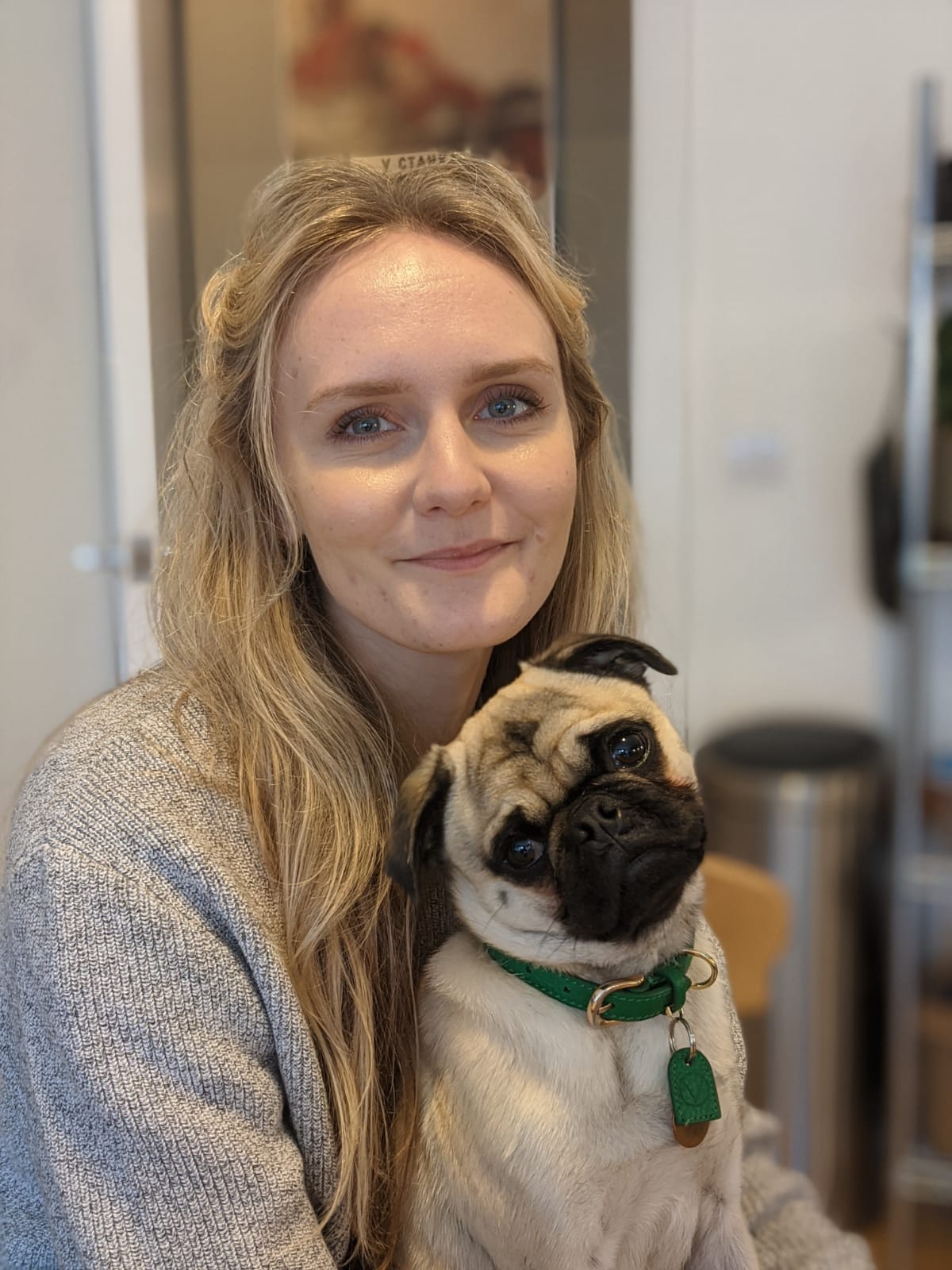
This week is Eating Disorders Awareness Week and the theme, set by national eating disorders charity, Beat, shines a spotlight on the male experience of eating disorders.
This is important because hospital admission rates for boys and young men with eating disorders have seen a shocking 128% rise in the last four years. As such, this week is a marker in the sand where we can turn our attention to understanding why that is, and work together to overcome the unique challenges faced by this population.
Understanding the male emotional experience
From a young age, men are conditioned to believe that expressing emotion deviates from the norm of their gender. This ‘toxic masculinity’ narrative holds an aversion to anything that might be perceived as ‘weak’ or ‘feminine’. Being in touch with one’s emotions – and possibly feeling overwhelmed by them at times – is categorised as such, meaning that there are high stakes associated with men owning their experience and sharing it with another.
This socialisation process through childhood is so powerful that many men grow up to become distant and disconnected from their emotional experience. Yet men are just as sensitive as women – and it is normal to feel.
Not knowing how to process our emotions can mean that emotions get displaced. We might also mistake a secondary emotion for a primary emotion (e.g. feeling angry when we’re actually feeling sad or hurt underneath), and struggle to communicate our needs.
But it is hard to express emotions
Giving a voice to our emotional experience takes courage, particularly in the beginning. By saying something aloud, we make it ‘real’, and this can feel threatening if we feel shame or fear associated with our emotional experience. It can also mean that we feel suddenly accountable to some form of change or action, which might feel ‘too much’ in the moment.
It is because disclosure is deeply personal that it can feel like there are ‘high stakes’ associated with owning our vulnerability. This is particularly the case if we have never had this modelled on to us in childhood by a caregiver or significant other who was able to express emotions in a healthy and productive way.
Knowing how to share our emotions in a way that feels safe is key. We need to be able to challenge ourselves from a place of wisdom and growing resilience that allows us to explore expanding our comfort zone to new and helpful opportunities for our mental health.
So if talking can feel ‘too much’, how can we say it without saying it?
The brilliant thing about sharing our emotional experience is that it is entirely up to our discretion. Unless we are in a crisis situation, we can pace it at a rhythm that feels comfortable enough, whilst exploring different methods of communication, perhaps with different, trusted people.
- Lean into metaphor
The English language is littered with metaphors and idioms to communicate how we feel without directly saying it. One of my favourites is “this is really burning my biscuits” to describe something that is annoying me.
If you had to describe your emotional experience as weather right now, what would be the forecast? Perhaps you’re having a grey, misty day or feel that a thunderstorm is brewing. We can say how we feel without using loaded, emotionally explicit words that may feel too threatening in the moment.
2. A scale of 1 – 10
Similar to the weather suggestion, where are you on a scale of 1 – 10? This is a really nice way to quickly check in with yourself or a loved one: “I’m feeling about a 3 today, can we hang out?” How would you define your scale? What is a 1 and what is a 10 for you?
3. Use images
The advent of gifs, emojis and memes means that we’ll never be short of digital images to communicate our feelings. What’s more, they can bring a humour element to our disclosure that can ease the tension for both parties. Who isn’t a fan of Anchorman’s Ron Burgundy crying in “a glass case of emotion”?
4. Let your body do the talking
Did you know that communication is 55% nonverbal, 38% vocal, and 7% words? This means that you can lean into body language to convey how you feel. We’re an intuitive and perceptive species, so allow that trusted friend to really see you.
In summary…
It is hard to communicate, but communication is key when our problems feel bigger than ourselves. The saying goes that “a problem shared is a problem halved”, but we know it can feel daunting to share that problem in the first place.
Recognising that we need to talk is the first step, how we then go about doing this is entirely up to us. Remember, it takes bravery to express ourselves – and we need to honour that but work forwards from it. That bravery is a testament to the new path that we’ll forge for ourselves in the process. Be brave and get creative with your communication.

